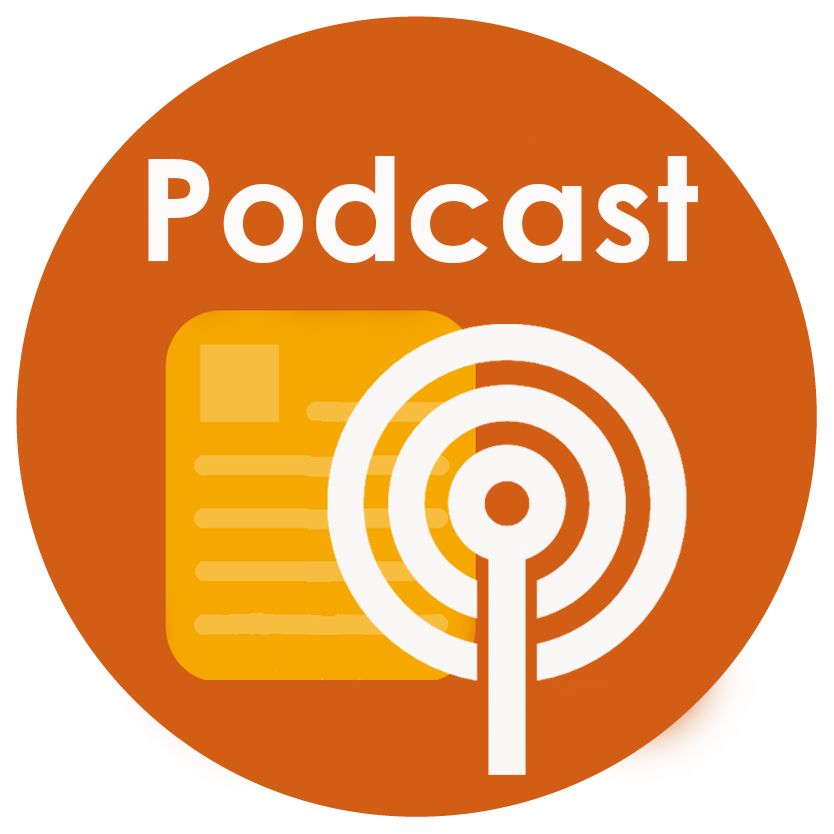
Volume XLIII, No. 10 | March 25, 2021
Three Best Practices to Stop the Spread of Misinformation in the Classroom
There is a classic riddle: “A baseball bat and a ball cost $1.10 in total. The bat costs $1.00 more than the ball. How much does the ball cost?” If you answered 10 cents, you are actually incorrect. Yet when faced with this riddle, many people answer 10 cents and try to argue or justify their response. Riddles like this one bring out an innate desire to be correct, even when information to the contrary is readily available.
We are living in the midst of a phenomenon described as an “infodemic,” or an overabundance of information. This infodemic, combined with a fierce determination to be correct, and the wide platform that social media provides us, serves as fertile ground for misinformation. Misinformation is not new to world history, but the volume and accessibility of today’s misinformation are. A fake story is tenacious, and everyone has fallen victim to fake news. Worse, we have all most likely spread misinformation without knowing it. As instructors, how can we teach our students to identify and slow the spread of misinformation?
Check Your News Diet
We are all drowning in information. Students may feel immobilized by the rush of contradictory information flowing from social media, news media, and their academic resources. In academia, students are expected to use reliable sources for their term papers and to be able to separate good sources from bad sources. Spend time teaching students how to make these distinctions, building their confidence in source analysis, and fostering a healthy news diet so they are able to collect high-quality, fact-based information. Ad Fontes Media provides a media bias chart that rates media sources in terms of political bias and reliability. Although this chart is not a perfect representation of all media bias, it is helpful for students to see what kind of news diet they have been consuming.
Fact-Checking
Be honest: Most students would rather find an answer to an essay question online than from reading a 50-page chapter from the assigned textbook. But while searching online sometimes yields the correct answer, reading the textbook almost always does. Remind students the most reliable sources may not be the easiest or quickest to use, but they will usually yield the most accurate information.
Remind students to slow down when searching for information and to avoid believing sources impulsively. Students may gravitate toward sources of information that back up their beliefs, or even sources they come upon first if they are in a hurry. Ask students to press the pause button for 24 hours to reflect on the source before incorporating it into their assignment. Is the source reliable? Is it backed up by other research? If contradictory information is available, what is the counterargument? Students should also examine their own responses to the source. Does the information make them feel happy, validated, or heard? Students must ask themselves if they are using a source based on its factual merit or their own emotions and beliefs.
There are many tools and tips to fight disinformation online. The RAND Corporation continues to develop a list of more than 80 online tools to combat disinformation online, such as factcheck.org, Botslayer, Misinformation Detector, Polygraph, and Media LIT.
Mental Health Check
On average, how much sleep do your students get? Getting enough sleep is linked to better productivity, concentration, and cognition. Sleep is a natural process for the brain’s critical activities to be repaired and reorganized, including learning and memory. The bottom line is that our sleep patterns have a direct impact on our behavior and cognitive performance. In order for students to evaluate sources effectively, they must take care of their own sleep habits and mental health. It is okay to disengage from the media for a short while.
We all have been guilty of spreading misinformation. Each one of us can be part of the solution by helping our students learn how to identify misinformation and seek out better sources.
Eddie Supratman, Assistant Professor, History and Religion
For more information, contact the author at Arkansas State University-Beebe, esupratman@asub.edu.



